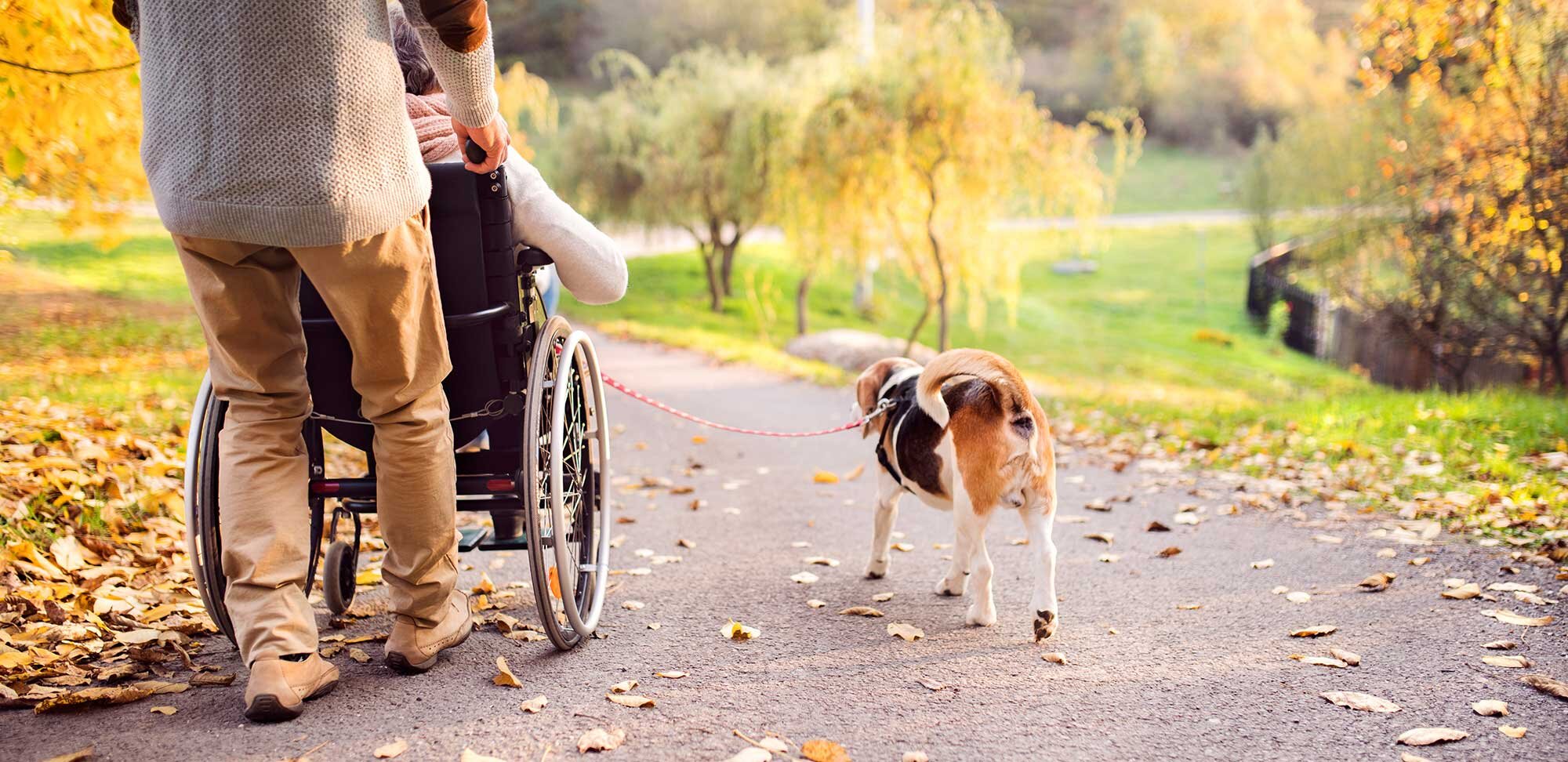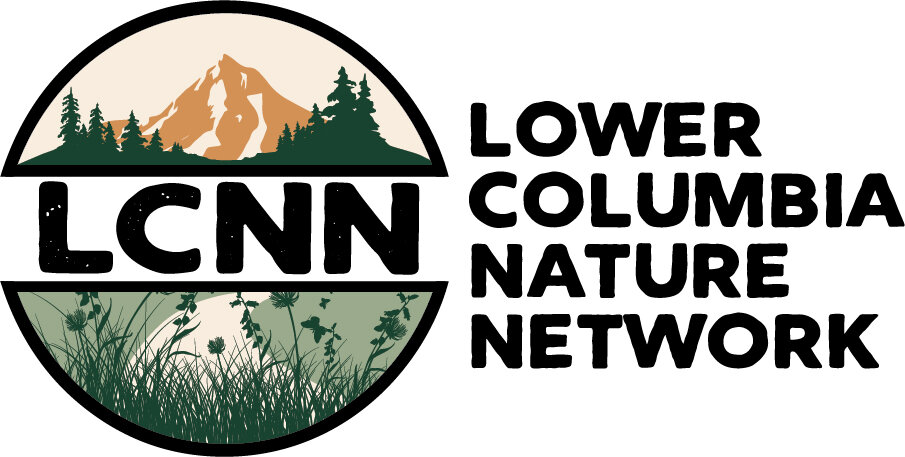
Accessibility
Resources to support everyone outside
Within the Nature Network, partner members share some of their insights on programs, site features and ideas to support all community members enjoying outdoors. This overview may spark conversations as you work with your team to ensure nature is accessible for all.
-

Information
One of the first steps in creating equitable access is providing information for users to review and assess. Here are some of the areas to consider:
Web page: does your site or program web page contain necessary directions, site address, access points, common symbols for features and images to convey accessibility. Use web accessibility tools, such as alternate text for images, font style and size, color contrasting, easy to find buttons & links, etc.
Images: whatever your communication piece is, does it include appropriate images to convey the surfacing, features and amenities to support all users
Key facts: let people know specifics about what amenities are available such as parking, restrooms, changing areas, benches, sensory support settings, etc.
Contact information: provide easy to find contact information and resources, including phone numbers to pre-arrange accommodations, physical address information for transit drivers, etc.
Transportation: what are the options to get to the site or program, including bus line, transit services, accurate physical address (is digital mapping is used), helpful directions and landmarks
Help user be prepared for their adventure: suggestions for types of gear, will there be rain protection (shelter), available gear to rent/use on site, distances to key features, estimates for time to travel to destinations on site, etc.
Maps: prepare clear maps that highligh all of features users need to know to plan their adventure, including where surface types change, steep slopes, narrow paths, drop off adjacent to path, distances, destination features, etc.
-

Programming
When organizations provide on-site programming, consider the various ways to support a wide range of users:
Staff training: ensure staff have training to understand various disabilities and needs to support positive outcome for users and organizers, there is no one source, so look around to find what best fits your needs
Volunteer support: volunteers are key for many programs, provide support to ensure they have training and information to have successful opportunities, including disability awareness and etiquette
Contact: provide a way to connect with users prior to their visit to understand specific needs for the program, including support persons
Welcoming: one of the keys to successful outdoor adventures is make sure everyone feels welcome, consider options so that everyone can participate
Modes of communication: learn what accommodations are needed ahead of time and coordinate logistics to ensure your information is clear and understandable for all, some information can be on web, video or translator on site
Getting out there: people define adventures differently, so don’t make assumptions about what they need or want to do……just ask. Getting into nature looks differently for everyone
School outings: when working with school groups, connect with teachers/staff for specific needs, alternate activities, limitations, roles for teacher/staff/support person vs. program educator, etc.
-

Site Features
The wide range of needs requires consideration of a variety of site features to accommodate users. Here are some the considerations for site features:
Arrival: the arrival point needs to be clearly located, with well designed drop off, unloading and accessible points to enter the site
Parking: ensure that the parking includes ADA spots, parking for transit buses/vans, wheeled device support, etc.
Restrooms: describe how many are available, sizes, support items like changing stations, space for support devices and people, personal care options (sinks, soap, etc.)
Pathways: include pictures of surfacing, ramp information (length, slope, etc.), transition zones, maintenance status, etc.
Signage & Wayfinding: images of wayfinding, size of fonts/key information on sign, pictures, trail map (with length information), readability (contrasting colors, color blindness, braille, etc.)
Features & Amenities: other features make visits comfortable, such as benches along trails for resting, designated quiet zones away from busy spaces, sensory kits, shade, glare reduction, etc.
Design guidelines: for new features or updates to existing features, use ADA and universal design guidelines as a basis for designs
Operations and maintenance: visit the site frequently to note maintenance needs such as transition zones between surfacing, handrails are sturdy, slippery areas are cleaned, etc.
Playgrounds: inclusive and equitable play means there is something for everyone, including firm surfacing to key features, places that offer risk and challenge, sensory rich environments, quiet areas, and fun!
-

Resource links & information
With the wide range of disabilities as barriers to enjoying outdoor destinations and programs, understanding where to find resources can help address positive changes to make a difference:
Types of Disabilities: learn about the wide range of disabilities that may affect a person’s abilities to get outside and enjoy nature. The CDC is just one of many resources.
Web page accessibility: make sure the content on your web page is reaching your audience
Accessibility Guidebook for Outdoor Recreation and Trails: learn about disability etiquette, accessibility information and programming
Access Recreation: Portland based organization to review and provide information about regional trails.
Disabled Hikers: a Washington based non-profit committed to providing information to disabled hikers to build community and outdoor equity
Outdoors for All: a Washington based non-profit connecting people with disabilities to outdoor resource information
Inclusive Playground Guidance: there are numerous resources for planning and designing playgrounds for all abilities and needs, this is one example
School garden accessible signs: curriculum guide and ideas on how to make garden signs work for all abilities
CIty of Vancouver: ADA compliance and Transition plan information
US Forest Service Accessibility: resources and links to accessibility information, trails guidebook
US Access Board: guidelines for outdoor developed areas
US National Parks: resources and links for outdoor experiences in parks
Accessibility in the news…..
-
New York Times - 2.6.2022
‘I Wanted That Self-Reliance Back’: Disabled Hikers Forge a New Path
Outdoor enthusiasts with disabilities are pushing to encounter nature on their own terms, with self-written guides, better equipment and even guide dogs trained for the backcountry.
-
The Columbian - 7.21.2021
Vancouver’s Access to Recreation program for people with special needs back after hiatus
City of Vancouver programming for kids with special needs gets kids moving
-
Seattle Times - 12.27.2021
REI advocacy director Marc Berejka on COVID, equity in the outdoors and mental health
Researchers at the University of Washington and elsewhere are working to prove that spending time outdoors is key to better mental and physical health, with support from the newly founded REI Cooperative Action Fund
-
EXPLORE Act - 2.2025
'EXPLORE' Act and Outdoor Accessibility
A new bipartisan law aims to help people of all abilities explore the outdoors. Syren Nagakyrie founded the nonprofit Disabled Hikers and joins Host Jenni Doering to share insights about the challenges people with disabilities face visiting America’s public lands and how the new law could help.
-
The Wilderness Society - 9.18.2023
7 disability advocates talk about accessibility and ableism outdoors
For many, experiencing the outdoors has more to do with accessibility and ableism, rather than “ability.” When we talk about outdoor adventures, we usually envision breathtaking landscapes, thrilling hikes, or serene lakes. But for people with disabilities, accessing and enjoying the wonders of nature can be a real struggle.
-
Washington Trails Association - 2024
Like so many others, I’ve found that being in nature has helped me get through the most difficult periods of life, but I’ve had to fight hard to access the outdoors.

